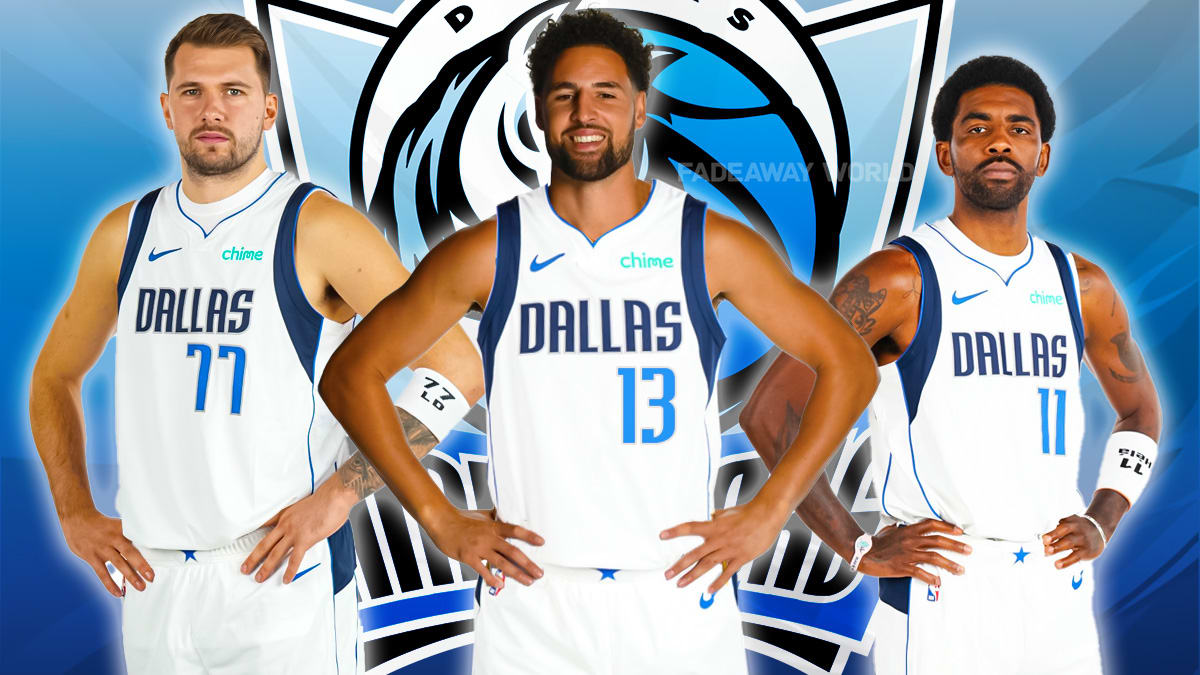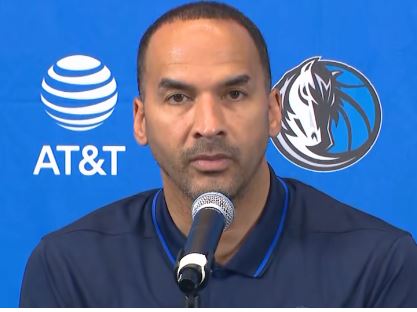The departure of Klay Thompson from the Golden State Warriors this summer marked the end of an era, driven by Thompson’s frustrations with his role and the team’s reluctance to commit to a long-term deal. Ultimately, Thompson found a new home in Dallas, signing a 3-year, $50 million contract.
Despite the Mavericks’ limited cap space, they orchestrated a sign-and-trade with the Warriors to secure Thompson’s services. Initially conceived as a three-team deal involving Charlotte and including Josh Green and future draft picks, it evolved into a complex five-team trade scenario. This ambitious move by the Warriors saw them strategically utilize trade exceptions and assets to maximize returns.
In quick succession, the Warriors brought in Kyle Anderson from Minnesota on a 3-year, $27 million deal, sending a future second round pick and creating a substantial trade exception for the Timberwolves. Shortly thereafter, they addressed Thompson’s departure by acquiring Buddy Hield from Philadelphia in a nuanced 4-year, approximately $37 million deal (with significant guarantees), sending one of Dallas’ second round picks to the 76ers.

By incorporating these transactions into the initial Klay Thompson trade, the Warriors not only filled gaps but also bolstered their roster depth at shooting guard and power forward. This five-team trade illustrates the complexity and strategic advantage of conducting business early in the NBA’s free agency moratorium period, allowing teams to optimize deals before the league year officially begins on July 6.
Mavericks acquire: Thompson Klay
Warriors receive Buddy Hield and Kyle Anderson.
Josh Green to the Hornets
Timberwolves receive: cash, trade exception, and a future second-round pick.
76ers receive: 2031 Second-round pick for Dallas, trade exception

